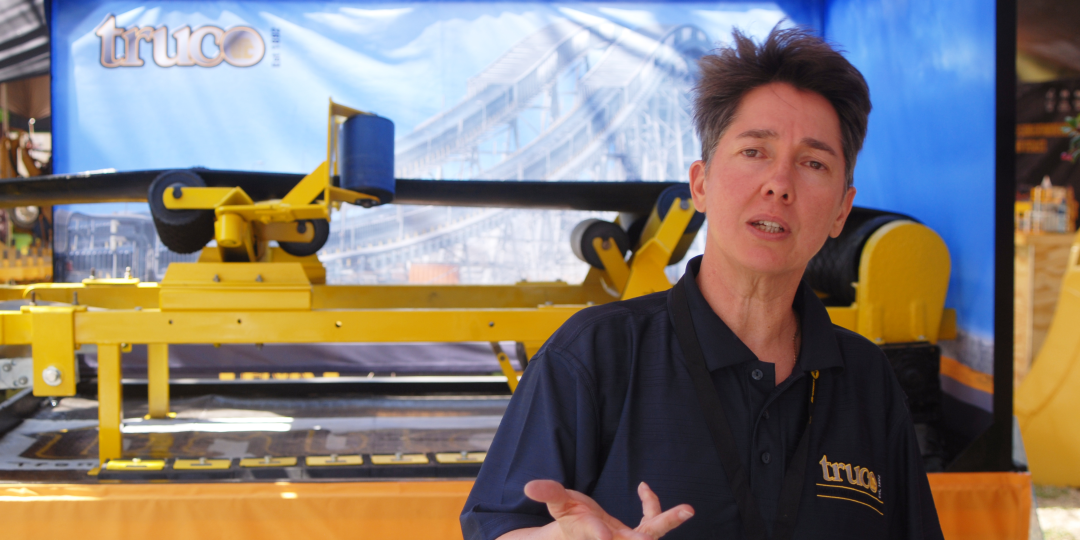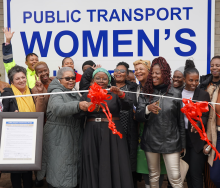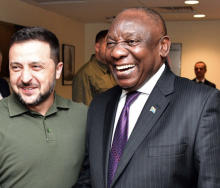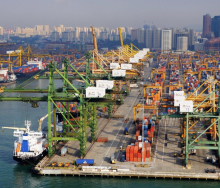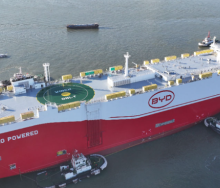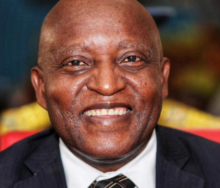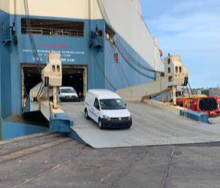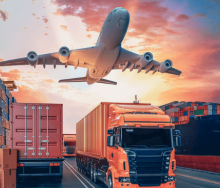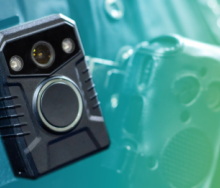Cross-border project cargo logistics and related organisational requirements remain one of the biggest challenges for industrial-grade rubber manufacturer and heavy-duty equipment supplier, Truco.
Founded in 1892 by Scottish trader William Anderson, who started by selling elbow and knee pads during Johannesburg’s gold rush, the company formerly known as Transvaal Rubber has made strong inroads into providing conveyor belts for the mining industry.
According to sales manager Alida van Blerk, Truco’s belt products and services offering is showing solid growth and attracting interest from as far afield as Australia, thanks mainly to various interactions with mining companies from the antipodes across the African continent.
But, although future prospects bode well, logistically complex matters are front-of-mind at the moment.
Talking to Freight News at last week’s Electra Mining Expo, Van Blerk said: “For us, finding the right service provider to move heavy equipment is probably the biggest challenge at the moment.”
She said this was particularly the case on the hinterland leg of logistics, when the equipment Truco imported from China might have to cross several borders from port to pit.
“You need a freight partner that knows all the rules and regulations of the various countries, what delays can be expected along the way, what duties and taxes have to be paid, which governments may demand pre-inspections by Bureau Veritas, that sort of thing.”
Port-side holdups and border bottlenecks, Van Blerk said, could scupper Truco’s contractual obligations to synchronise the arrival of imported equipment and locally manufactured accessories for on-site conveyor belt assembly.
“It’s a major operation that involves several components that can weigh as much as 15 tonnes. When we work on new projects, the required infrastructure is often not in place to move our goods. Once on-site, we also need heavy-lifting capability to hoist equipment into place where conveyor belts are assembled from the ground up.”
Van Blerk said Truco had clients right across the continent, as far afield as Mali, and usually tried to use the closest port, which in the latter’s case is Ghana’s Port of Tema.
Closer to home, she said, the company still imported through Durban, although it was not as involved in the local mining industry as in the mining sector of Zambia and the Democratic Republic of the Congo, for example.
Whereas Tanzania’s Port of Dar es Salaam was still a strong option for projects in the Copperbelt, Truco was looking at ports like Walvis Bay in Namibia, and even Lobito (in Angola), Van Blerk said.
“Walvis Bay is looking at new routes to shorten distances (to the Copperbelt), but even for the Northern Cape it might be a better proposition for us to bring goods in that way rather than using Durban or Ngqura as we have done in the past.”
Ultimately, it’s all about tying all the project cargo strings together as effortlessly as possible for a smooth logistical operation.
“You need a freight forwarder with their finger on the pulse. When there’s a war somewhere, they need to know about it and recommend alternatives. When the Red Sea chaos delays freight, we need to know about it and what the risk-avoidance strategy is.”
She said although they had their own logistical specialists, an operation such as Truco still required the best freight partner possible.
“It’s not an in-house position. You need someone who’s plugged into the wider network of freight in all its manifestations.
“Familiarising oneself with things like Incoterms and all the other technical ins and outs of moving cargo from source to destination, often as things change in real time, involves a certain kind of specialisation for which you need the right freight partner.”
